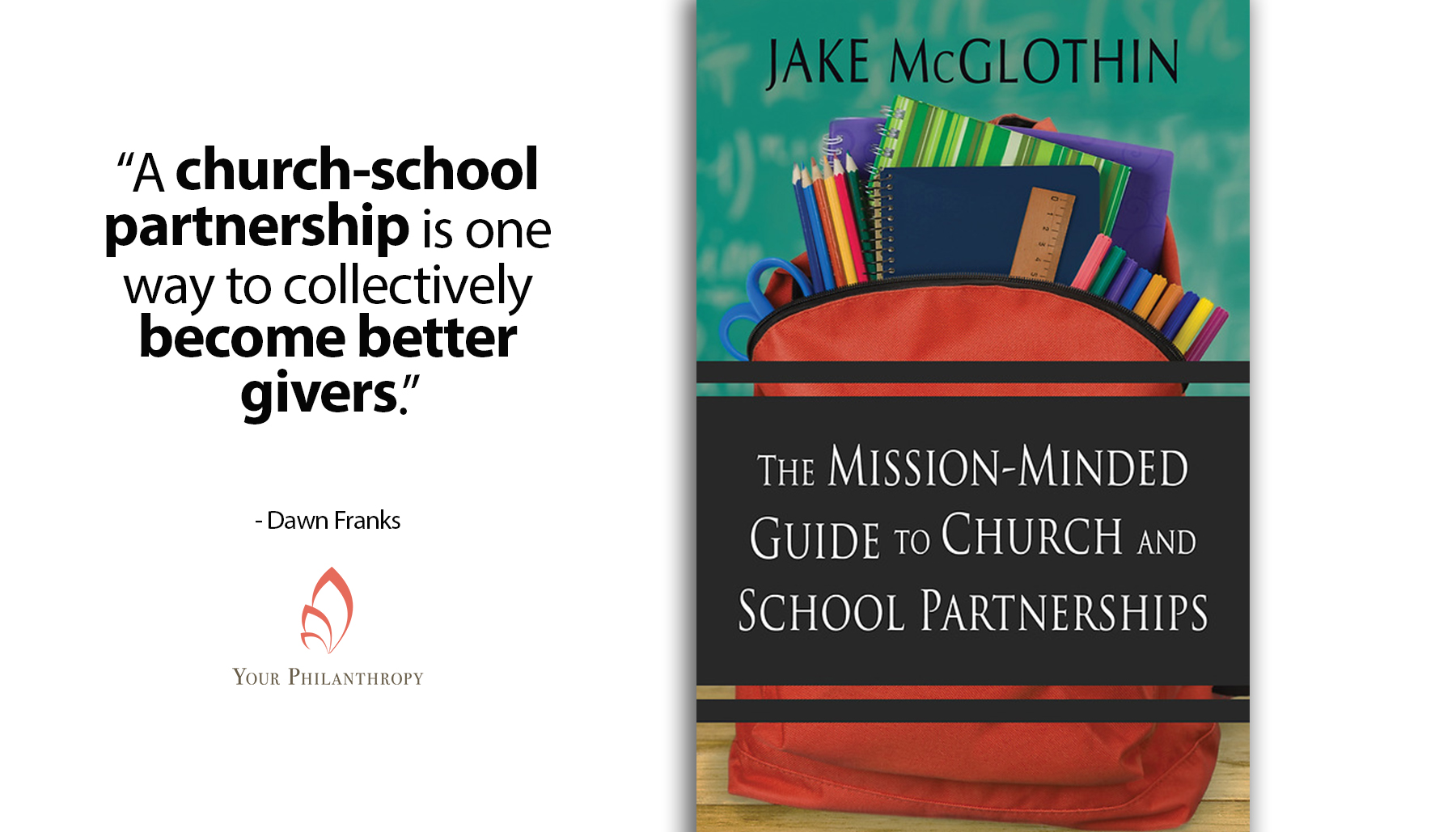Think back to a time when someone asked you what you wanted to be when you grew up. Now think about a time when you asked your child or grandchild what they wanted to be when they grew up. Doctor, teacher, nurse, astronaut, cowboy, rock star. OK, you and I would not have said rock star and your grandchild probably didn’t say cowboy. Times change.
The desire to be something when we grow up is innate. Early on kids know they will be more than they are today, something different.
What if no one ever asked you that question? What if there were no role models in your life to hint at what something different might be? What if no one ever read books to you about what you could be? What if you never learned to read well enough to explore it on your own?
When my friend Gail asked me to read a book her son had recently published I wasn’t expecting to be thinking about it in the context of how we become better givers. I didn’t plan to think about the impact a church has when it partners with a school.
But that’s what happened. The Mission-Minded Guide to Church and School Partnerships connected the dots from past conversations on how to improve schools and who is responsible for making them better.
When churches were at the table it was always easy to explore “adopting a school.” I often heard about collecting coats or Christmas presents for needy children. Sometimes it was a beautification project for a campus to cheer everyone up or deliver treats for special holidays.
Curtis Meadows, an experienced funder, once told a group of us that any work with the intent of making education better and making a difference in children would require the long-view. That meant a serious commitment of multiple years if the funders at the table wanted to have an impact.
Jake McGlothin, has written a book that I recommend to congregations of all faiths. It is an excellent guide to the practical details required for a successful church-school partnership.
As McGlothin puts it, the work is about partnership and partnerships are about relationships. Church and school partnerships should not be entered lightly, quickly or with a short-view.
He identifies reasons for a church to step into a partnership including volunteer opportunities, sharing resources as a ministry, and deepening the faith of church members. He also tells how the partnership impacts us by providing the opportunity to be on mission in our own communities…a very purposeful mission.
He takes great care to address the right kind of relationship critical to a successful partnership. The children and their families are the priority, not the church. Taking the time to understand their world first will lead to transformation of members, churches and schools.
McGlothin shares guidelines, tools and tips for successful church-school partnerships. He speaks to congregations, large and small, laying out ideas to join the long-game in a way that increases the chances of success for each child.
Projects can start small and develop over time. Opportunities to become involved with the school unfold over time and the church may find it becomes more engaged and focused.
McGlothin wraps it up well in this way, “When you commit to a partnership requiring the human resources of your congregation, you must understand this work as a means of grace for those who serve, but beyond this service is real and true transformation.”
I think a lot about the joy of giving and the impact of engaged giving. A church-school partnership is one way to collectively become better givers. Connect with me if you want to talk about partnering.


0 Comments